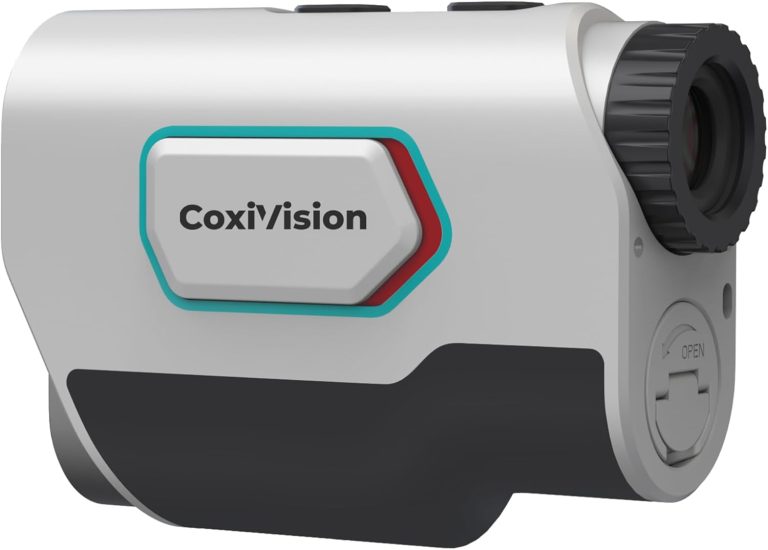It is safe to say that shotgun chokes are designed to improve the overall shooting performance, in general, and aiming at close targets, in particular. Thus, you end up asking which two shotgun chokes are the best for hunting small, fast, close birds and land on this post.
Lucky you!
We gather all you need to know to answer the question, including a complete shotgun chocks explanation, the buying guide of chokes for hunting small, fast, and close birds.
Shotgun Chokes Explained in Brief
History of the shotgun chokes
Back then, all smoothbore shotguns shared the same diameters at the muzzle and in the core because they used the regular cylinder barrels. As a result, the range was limited to only 30 meters.
Then, English gunsmiths created barrels that were choked towards the end to improve the compact spreads, dense, and ballistic performance.
The chocked shotguns immediately became famous for clay pigeon shooting as it took shots at a more extended range.
Benefits of the choke tubes
Nowadays, shotgun choke becomes more compact to tighten the pellet pattern at the muzzle end. Its width might differ based on the number of pellets in the cartridge, but always be smaller than the size of the bore.
In general, the chock will constrict the bore and the gun’s exit hole. That way, the bullets will fly more accurately and quickly. Specifically, the chock helps increase the spreads’ density and penetration by 20% and minimize the delay on pellet traveling.
Types of chokes

Not all shotgun tubes are the same. The practical chokes some in different shapes and sizes, so they will affect the hunting results in different ways – as you can see from the Hunter-ed image.
However, we can divide them into six categories.
- The extra-full chokes: These units are recommended for hunting turkey because they feature the densest patterns and extra-tight constrictions.
- The full chokes: Most smoothbore guns should use this type of chokes for hunting decoys, waterfowl, bird calls, or hare at long distances. They give off a further centralized spread to reach the range of 45-50 meters.
- The modified chokes: Having half constriction compared to the full, these chokes will deliver 55% to 65% of the total pellets and 35 meters. You will need this kind of chokes when hunting distant-flushing birds or small bucks.
- The cylinder chokes: Without constriction, the cylinders are conventional for service shotguns rather than hunting guns. They will distribute the pellets by 40%.
- The improved cylinder chokes: The chokes are somewhere between the modified and cylinder versions, which deliver 50% of the total pellets. With them, you can shoot the waterfowl, close-over decoys, or close-quarters birds.
- The skeet shotgun chokes: Similar to the improved cylinder chokes, the last type will distribute 50% of the total pellets; however, at a closer range.
Interestingly enough, you can differ the shotgun choke tubes by the notches. For example, the number of notches in the full, modified, improved cylinder, and cylinder chokes are 2,3,4,5.
Which Two Shotgun Chokes Are Best for Hunting Small, Fast, Close Birds?
With all the information above, you might still not know which two shotgun chokes are best for hunting small, fast, close birds.
Then, get straight to the point.
“The two types you should consider for small and close birds are the improved cylinder and modified shotgun chokes.”
Know why?
Small and fast birds can often be near to your shotguns. Those tiny are active, and you need to take extra care and precision when shooting. As you can indicate from the types of shotgun chokes, the improved-cylinder and modified chokes allow doing so. They will create board patterns and spread them quickly in the near range.
Improved cylinder chokes are supposed to increase the accuracy by 10%, meanwhile, the bullets will not seriously hurt the prey. Whereas, the modified chokes are recommended for slightly larger birds and guarantee that the bullets will penetrate instantly.
How to Choose Shotgun Chokes for Small, Fast, and Close Birds?
Now that you know which types of chokes to go for, you still should not directly head out for a purchase. You need to do several additional steps as follows:
Taking measurements of the chokes
Relatively, you can figure out the size of the chokes needed by measuring the bore diameter. One point often equates to a one-thousandth inch in the constriction.
Recommended points for improved cylinder chokes are 3 to 6, while those for modified chokes are between 17-23 and 25-30.
Checking the inside pellets percentage
Only measuring the constriction is not enough. You also need to know the cartridges of the shotguns you intend to use. Next, regulate the pellets to the desired percentages of the chokes’ types. That way, consistent performance is improved.
Accordingly, the pellet percent of the improved cylinder chokes is 50%, and the modified figure is about 55% to 65%.
Choke tubes chart of patterns
With the two inputs information as above, you can figure out the choke diameter for your improved cylinder or modified shotgun chokes. A tiny difference in such a distance between the bore and the choke can result in a significant difference in the final results.
A rule of thumb, the tighter the tubes are, the further the bullets wil go and penetrate into the targets.
Above is a choke tubes chart for your reference. Especially, pay attention to the modified and improved cylinder chokes for small, fast, and close birds.
You might be confused a bit because the name of chokes are different in the UK and in the US. Here above, we apply the clarifications of the U.S.
How to Install The Shotgun Chokes?
Installing the chokes in the right way is as important as choosing one. Fortunately, this work is not too challenging because you have many online tutorials to follow.
Typically, you will need to have the tube lube, wrench, and a clean towel at hand.
Simply put, you must thoroughly wipe the choke tube with a towel to remove dirt and debris in its threads. Then, apply some lube to the threads so that you can easily insert the tube into the gun and protect it from being stuck or freezing. Next is to tighten the tube with your fingers and then use the wrench. Do it carefully because a loose tube can pose you and others to risks during firing.
Finally, forget it. The choke that is properly installed will work well over a very long time. Next time, you just need to take out the shotgun and fire.
Takeaway
We will close the topic on “which two shotgun chokes are best for hunting small, fast, close birds?” for today, and we hope that you all understand the shotgun chokes now. Save this to your hunting guide notes to read further sometimes. If you need further help, feel free to leave your query in the comment.














